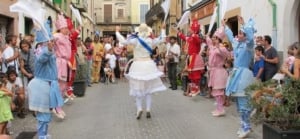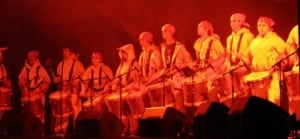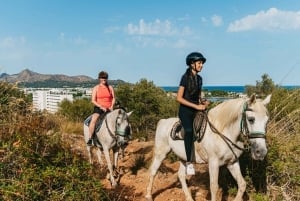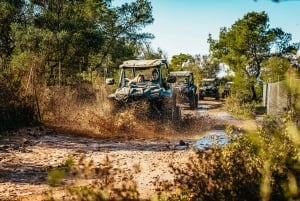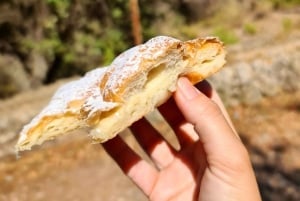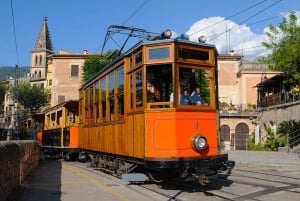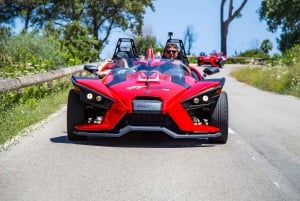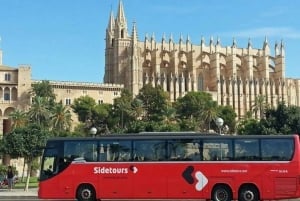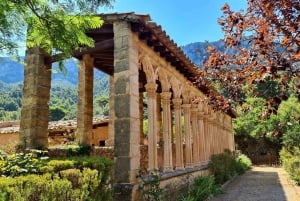Traditional music and dance in Mallorca
Truly traditional music and dance in Mallorca has been through some tough times, but revival is well under way. During the Franco years and the first part of the tourist boom, local culture was generally supressed in favour of centralist versions of ¨folk¨ music and dance. That´s all changed and the old traditions, musical instruments and dance have re-emerged, greatly enriching island life, for locals and tourists alike.
Local fiestas are the best times to hear typical musical instruments - they´ll always be part of any parade - and to see some of the dances and traditional costumes of Mallorca that go with them. Some of the typical dances you may see are the Copeo, a fast dance for several couples, the Bolero, for one or more couples, and the Mateixa, for a single pair of dancers, with one of the partners being replaced by another at the end of each repetition.
One of the oldest and most unusual musical traditions in Mallorca is the dance of the Cossiers. Limited to only 5 or 6 towns and villages, this goes back at least 600 years and, although performed by men (six, plus a ¨lady¨, usually also a man), is essentially female in character, except for the devil, who tries to spoil things, but always loses. In Alaró, the first dance is usually done in the church square and then the group goes on a tour of the village, repeating the performance at different places where they are plied with food and drink, to the detriment of the dancing!
Another spectacular Mallorcan tradition, imported from Catalonia, is Correfoc, not so much a dance as a prance with massed drums, fireworks, dragons, devils and other creatures of the night - it´s very noisy and slightly dangerous!
Frequently seen at parades during fiestas in Mallorca are the gigantes (giants) and capgrossos (big heads). Dances performed by the giants tend to be stately affairs, obviously!
Traditional Mallorcan musical instruments can be as simple as massed drums or the xeremies (bagpipes), flabiol (5 hole flute) and tamborí (small drum) combination seen below, or more complex with the addition of bandúrria (similar to a lute), guitarrós (small guitars), violins, castanets, and triangles. There´s also the musical curiosity called the ximbomba, a type of friction drum, small versions of which are often on sale to tourists.
It´s great to see these cultural links with Mallorca´s old traditions being maintained and actually flourishing in the 21st century.





